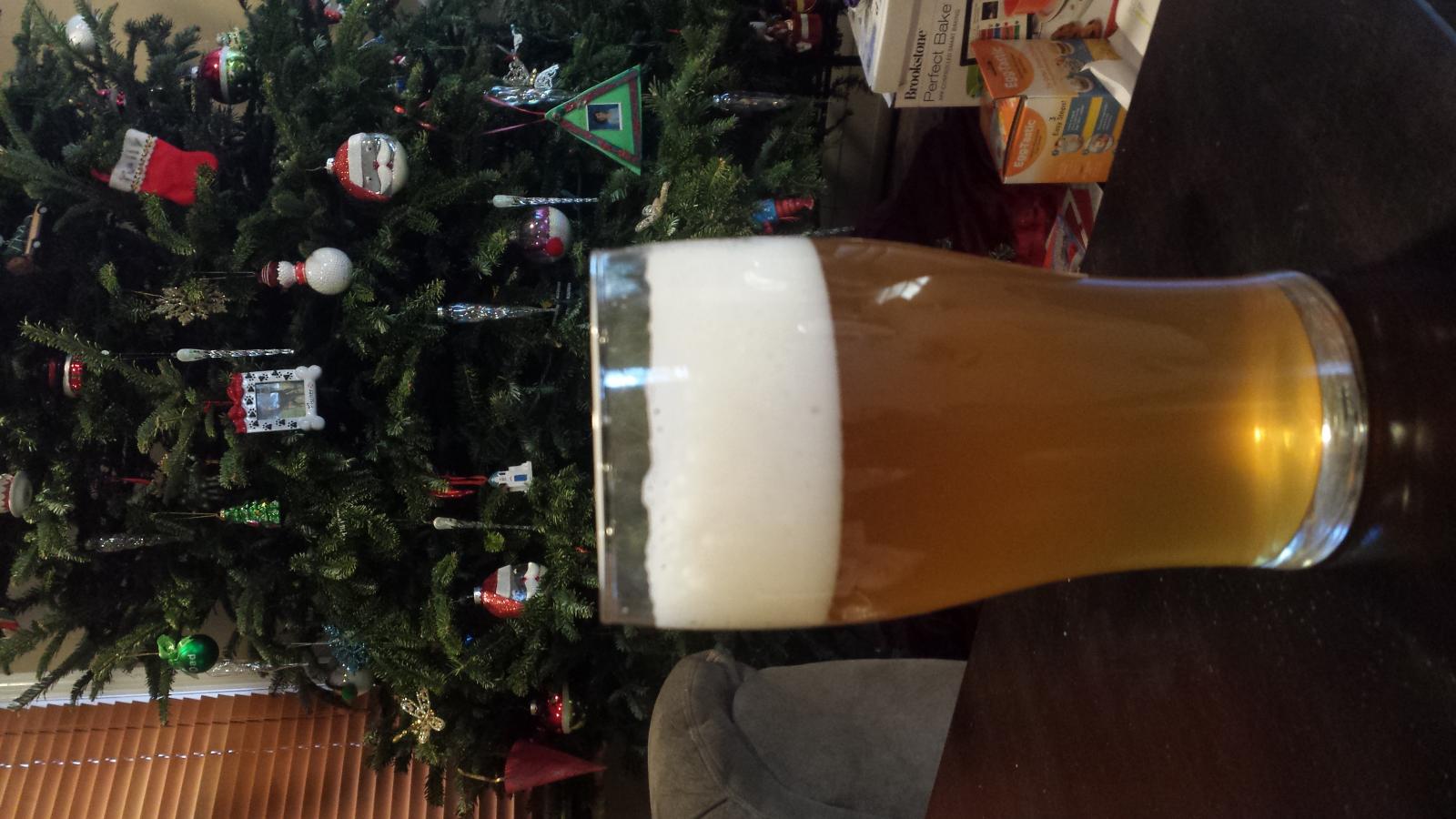So, what pressure do you recommend for 4 ft lines if 10 psi is too low? This calculator
http://www.mikesoltys.com/2012/09/17/determining-proper-hose-length-for-your-kegerator/ says you need 11+ ft at 45° to get you just 2.2 volumes, which would probably be the lowest carbonation level you would ever need. The calculator also shows that to properly serve a beer though 4 ft of line, you would need to be at 31° with a serving pressure of 5.15 psi, giving you around 2.2 volumes, which is still on the low end of the carbonation level for most beers.
By telling the OP that line length is fine (at 4 ft), then telling them to up the pressure (making the problem worse) seems like sending them on a chase. Maybe some people have found ways to beat the effects of physics, but most haven't. It's better to give them information with something (science) to back it up, than what might work in one person's situation. If the system is properly balanced, with proper line lengths and the foam issue continues, then yeah maybe a fitting or connection is loose. But starting with 4 ft lines will be fighting an uphill battle.
Use the calculator (mikesoltys.com) to determine the right line length, then go from there. Don't settle for beer that's not properly carbonated, it's possible to get any level you want, as long as you have enough line to slow it down.



![Craft A Brew - Safale S-04 Dry Yeast - Fermentis - English Ale Dry Yeast - For English and American Ales and Hard Apple Ciders - Ingredients for Home Brewing - Beer Making Supplies - [1 Pack]](https://m.media-amazon.com/images/I/41fVGNh6JfL._SL500_.jpg)






















































